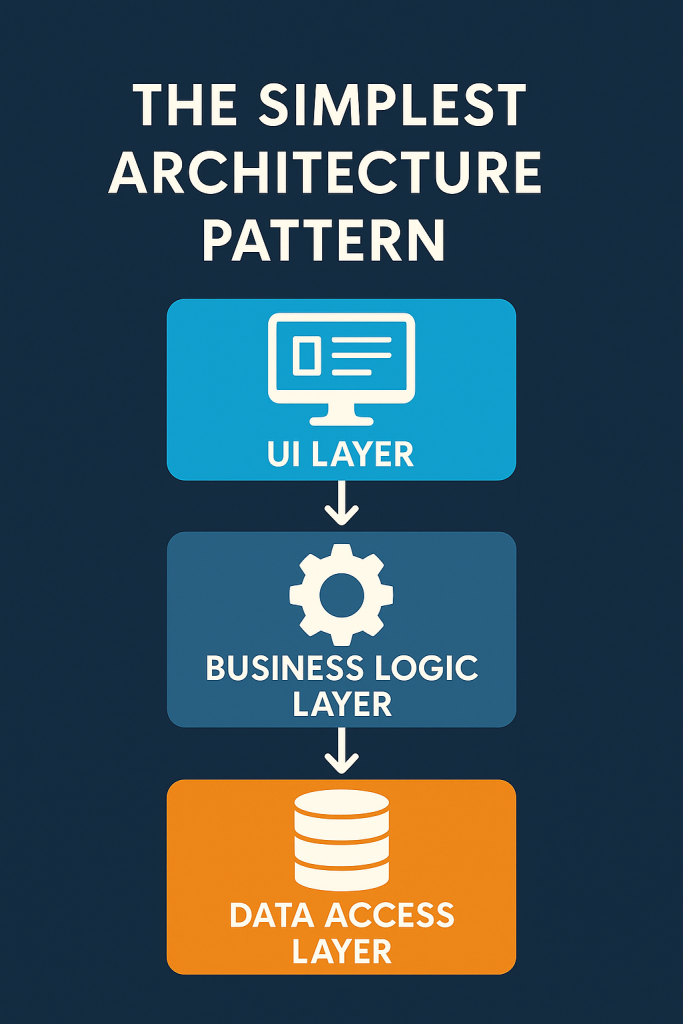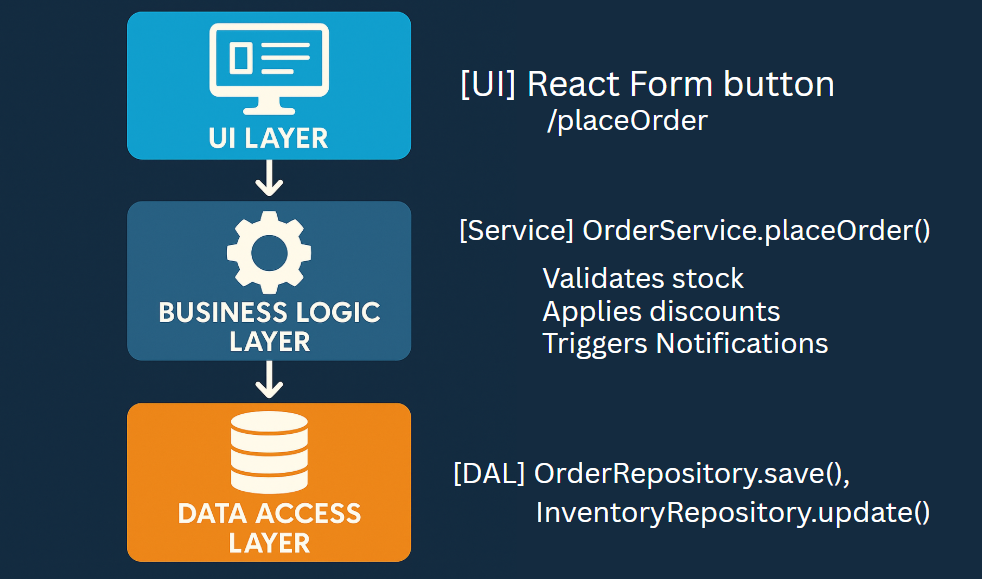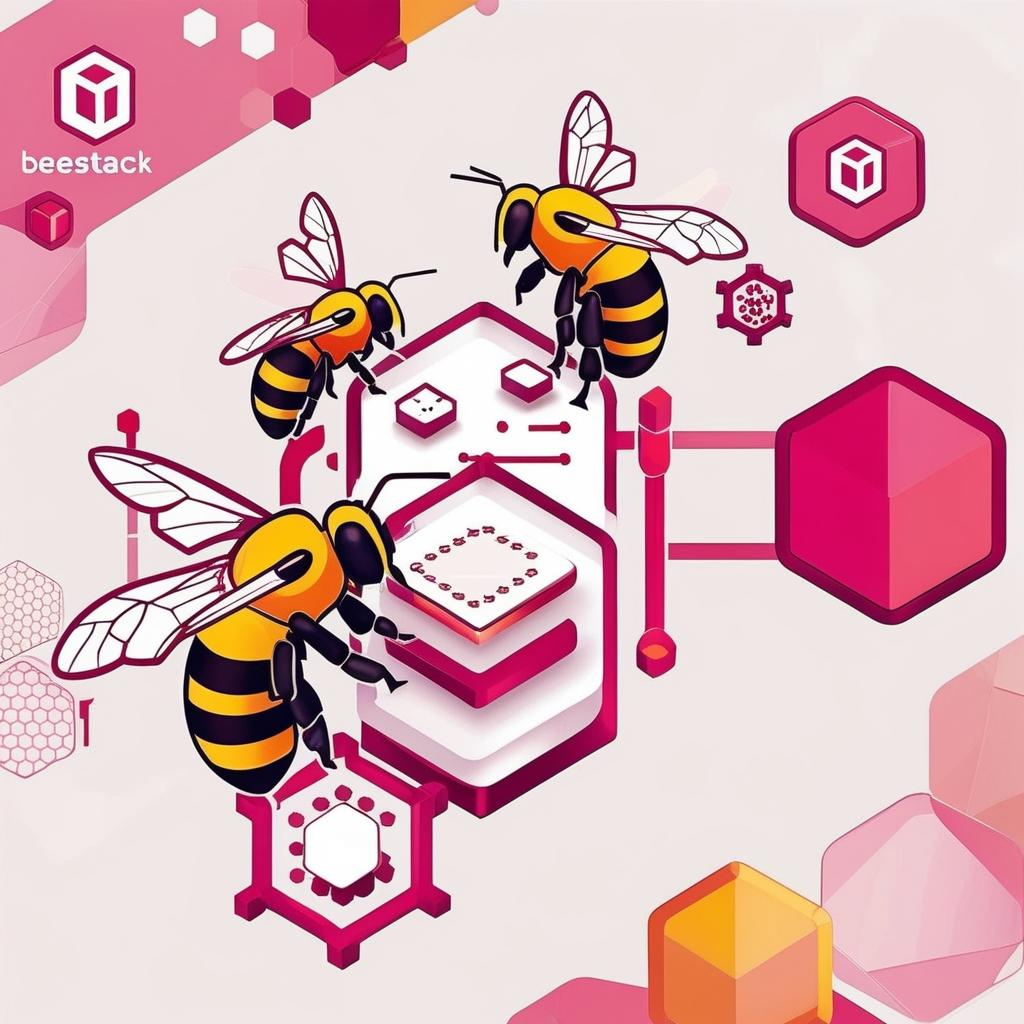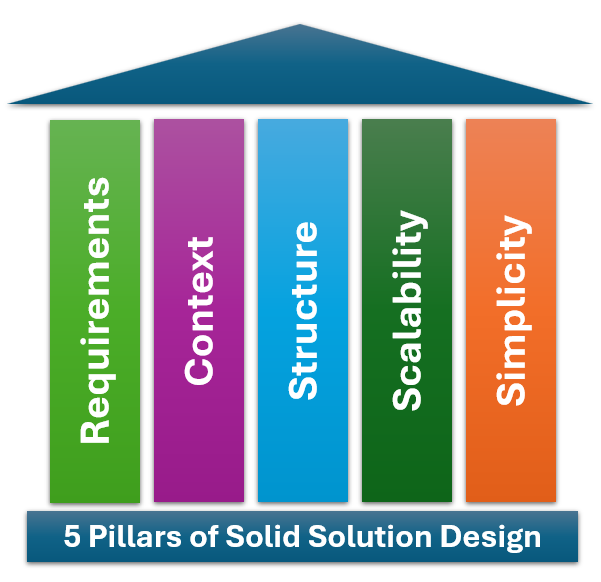If your project feels like a pile of spaghetti code and business logic hiding in buttons, it’s probably missing one thing: a clean, layered architecture. Here’s how the n-tier pattern brings order, simplicity, and long-term scalability – even for small systems like a bakery’s CRM or a startup dashboard.
The Problem: Everything’s Tied Together
Let’s say you’re building a simple ordering system for a neighborhood bakery:
- Customers place orders online
- Staff manage deliveries and inventory
- The owner tracks sales trends
Sounds small, right? But over time, the system becomes unmanageable:
- Logic lives in the frontend (😬)
- Database queries are scattered across UI code
- Changes break unrelated features
- There’s no clear “place” for business rules
This isn’t just messy – it’s unsustainable.
Enter: The Layered (N-Tier) Architecture Pattern
The layered architecture pattern (also called n-tier) is one of the simplest, most effective patterns you can use -and many developers skip it, thinking it’s too formal for small systems.
Basic Structure:
Exploring?

- UI Layer: Handles user input and display. No business logic lives here.
- Business Logic Layer (Service Layer): Rules, validations, decisions. Think “what should happen?”
- Data Access Layer (DAL): Only handles reading/writing from the database.
Each layer talks only to the one directly below it, keeping everything clean and testable.
🍞 Real-World Example: A Bakery CRM
Let’s reimagine the bakery’s order management:
Without Layers:
A React button calls a /placeOrder API that directly updates inventory and sends an email.
Business rules like “don’t allow over-ordering inventory” are spread across the UI and backend logic.
With N-Tier Architecture:

Benefits:
- Each component has one clear responsibility
- Changes to the database or UI don’t affect business logic
- Easier to test, debug, and extend (e.g., bulk orders, loyalty rewards)
Why Simplicity Leads to Scalability
Most people think scalability means “throw Kubernetes at it.”
Wrong.
Scalability starts with code clarity. A well-structured small app scales far better than a jumbled mess.
Benefits of Layered Architecture:
- Easier onboarding for new devs
- Cleaner unit and integration testing
- Swap tech (e.g., DB, UI) with minimal disruption
- Ready for future growth (APIs, integrations, multiple teams)
When to Use N-Tier Architecture
✅ Ideal for:
- Internal tools
- SaaS dashboards
- E-commerce backends
- CRM/admin portals
- Event booking apps
- Anything with data + logic + UI
❌ Less suited for:
- Ultra-low-latency services
- Streaming data pipelines
- Deeply asynchronous/microservice-first systems
💬 Final Thought
You don’t need microservices to be scalable.
You need separation of concerns.
The n-tier architecture pattern is simple enough for solo devs – and strong enough to support startups scaling to thousands of users.
From chaos to clarity – one clean layer at a time.




